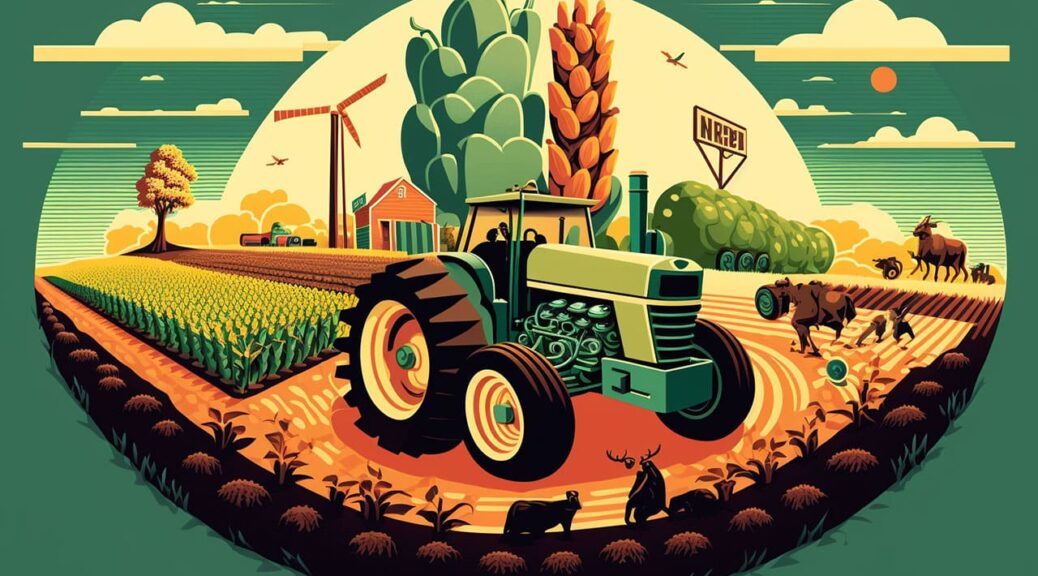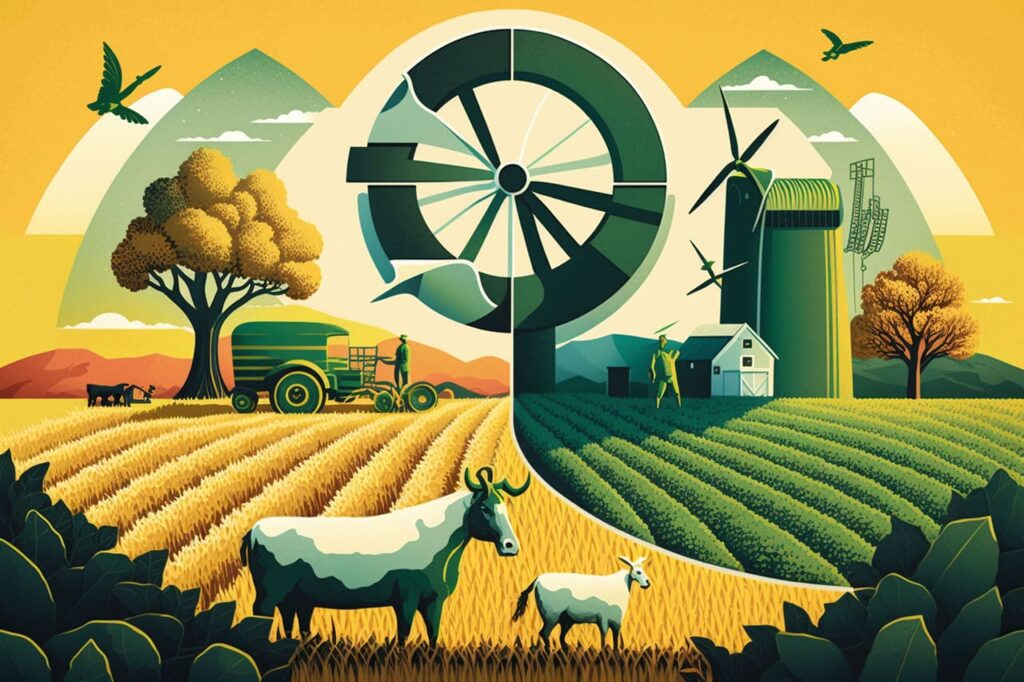Biodiversity refers to the variety of life on Earth, including the variety of species, ecosystems, and genetic diversity. Biodiversity is essential to the functioning of ecosystems and has significant implications for human well-being. In this article, we will explore the importance of biodiversity conservation and its connection to human well-being.
The Importance of Biodiversity Conservation
1. Ecosystem Services
Ecosystem services are the benefits that humans derive from ecosystems. These benefits include the provision of food, water, and clean air, as well as cultural and recreational services. Biodiversity plays a crucial role in providing these ecosystem services. For example, biodiversity is critical to the pollination of crops, which are essential for food production.
2. Climate Regulation
Biodiversity is also essential for regulating the Earth’s climate. Ecosystems, such as forests and oceans, absorb and store carbon, which helps to mitigate climate change. Biodiversity loss can lead to a reduction in the capacity of ecosystems to store carbon, contributing to increased greenhouse gas emissions and climate change.
3. Medicinal Properties
Biodiversity has been the source of many of the world’s most important medicines. Many of the plants and animals that make up biodiversity have medicinal properties that have been used for centuries to treat a wide range of illnesses. Biodiversity loss can have significant implications for human health, as the loss of a single species can lead to the loss of potentially life-saving medicines.
4. Cultural Importance
Biodiversity also has cultural significance for many communities around the world. Indigenous cultures, in particular, often have strong connections to the natural world, including the biodiversity that makes up ecosystems. The loss of biodiversity can have significant cultural implications, including the loss of traditional knowledge and practices.
The Connection between Biodiversity and Human Well-Being
Biodiversity has a significant impact on human well-being. The loss of biodiversity can lead to a range of negative impacts, including the loss of ecosystem services, increased exposure to diseases, and reduced resilience to environmental change.
1. Food Security
Biodiversity is critical to global food security. Approximately 75% of the world’s food comes from just 12 plant and five animal species. The loss of biodiversity can lead to a reduction in the availability of food, particularly for vulnerable communities.
2. Public Health
Biodiversity loss can also have significant implications for public health. The loss of biodiversity can lead to increased exposure to diseases, as many diseases are transmitted from animals to humans. The loss of biodiversity can also reduce the availability of medicinal plants, which can have significant implications for human health.
3. Economic Development
Biodiversity is also critical to economic development. Many industries, such as agriculture, forestry, and tourism, rely on biodiversity. Biodiversity loss can lead to the loss of livelihoods, particularly for communities that rely on biodiversity for their subsistence.
Solutions for Biodiversity Conservation
1. Protected Areas
Protected areas are essential for biodiversity conservation. They provide a safe haven for wildlife and ecosystems, allowing them to thrive without interference from human activities. Protected areas also play a critical role in providing ecosystem services and supporting sustainable development.
2. Sustainable Land Use
Sustainable land use practices, such as sustainable agriculture and forestry, can help to conserve biodiversity while also supporting economic development. Sustainable land use practices can help to maintain ecosystem services, reduce the use of harmful chemicals, and improve soil health.
3. Education and Awareness
Education and awareness can play a critical role in promoting biodiversity conservation. By raising awareness of the importance of biodiversity, we
can encourage individuals and communities to take action to conserve biodiversity. This can include actions such as reducing our ecological footprint, supporting conservation efforts, and advocating for policies that protect biodiversity.
4. Restoration
Restoration of degraded ecosystems can also play a critical role in biodiversity conservation. By restoring degraded ecosystems, we can bring back lost biodiversity and support the provision of ecosystem services.
Conclusion
Biodiversity conservation is critical to human well-being. Biodiversity provides us with essential ecosystem services, regulates the Earth’s climate, and has significant cultural and medicinal importance. The loss of biodiversity can have significant negative impacts on food security, public health, and economic development. To address this issue, we need to take action to protect and conserve biodiversity. This can include actions such as creating protected areas, promoting sustainable land use practices, raising awareness, and restoring degraded ecosystems.
In conclusion, biodiversity conservation is a vital issue that affects all of us. By taking action to protect and conserve biodiversity, we can ensure that future generations can enjoy the benefits of the Earth’s rich biodiversity.

